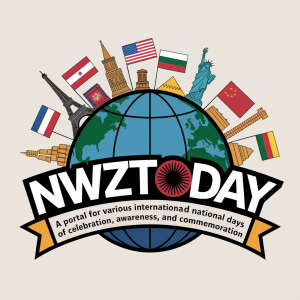The Battle of the Boyne, fought on July 1, 1690 (Julian calendar) but commemorated on July 12 in the Gregorian calendar, is one of the most significant events in Irish history. This historic battle saw the Protestant King William III of Orange defeat the Catholic King James II, shaping the political and religious landscape of Ireland for centuries to come.
Why Is It Celebrated?
July 12 is celebrated primarily by Protestant communities in Northern Ireland and other parts of the UK as a day of victory and cultural pride. It marks the triumph of Protestantism over Catholicism in a period of intense religious and political conflict in Europe. The battle also solidified William III’s position as the King of England, Ireland, and Scotland, aligning with the Glorious Revolution’s ideals of parliamentary sovereignty and Protestant monarchy.
Historical Background
The Battle of the Boyne took place near the River Boyne in Ireland, between Drogheda and Slane. The conflict was part of the wider Williamite War in Ireland, where James II sought to reclaim the English throne with the support of Irish Catholics and French forces. However, William’s well-trained and disciplined army, with superior strategy and resources, overpowered James’s forces, forcing him to retreat and eventually flee to France.
Significance of the Battle
The battle had far-reaching implications for Ireland and Britain. It marked the beginning of Protestant dominance in Irish society and politics, leading to centuries of division and conflict. For Protestants, it became a symbol of religious freedom and the defense of constitutional monarchy. For Catholics, it represented a devastating loss and the start of a challenging era under Protestant rule.
How Is It Observed?
Today, the Battle of the Boyne is commemorated with parades, marches, and celebrations, particularly by the Orange Order in Northern Ireland. Streets come alive with music, banners, and traditional Orange sashes. Bonfires are lit the night before, and the day itself features speeches, family gatherings, and historical reenactments. While the celebrations are joyous for some, they can also be a source of tension in communities with a history of sectarian conflict.
Fun Facts About the Battle of the Boyne
- The battle was one of the largest of its time, with over 60,000 soldiers involved.
- It is said that the River Boyne ran red with the blood of fallen soldiers during the battle.
- Despite being defeated, James II was nicknamed “Seamus a’ Chaca” (James the Sh*t) by his Irish supporters for fleeing the battlefield!
- The site of the battle remains a popular tourist destination and features a visitor center with exhibitions and guided tours.
Join the Celebration!
Whether you’re a history buff or just curious about this monumental event, the Battle of the Boyne offers a fascinating glimpse into Ireland’s tumultuous past. If you’re in Northern Ireland on July 12, take the opportunity to witness the colorful parades and soak in the rich culture and traditions. Let this day remind us of the complexities of history and the importance of understanding our shared heritage.









